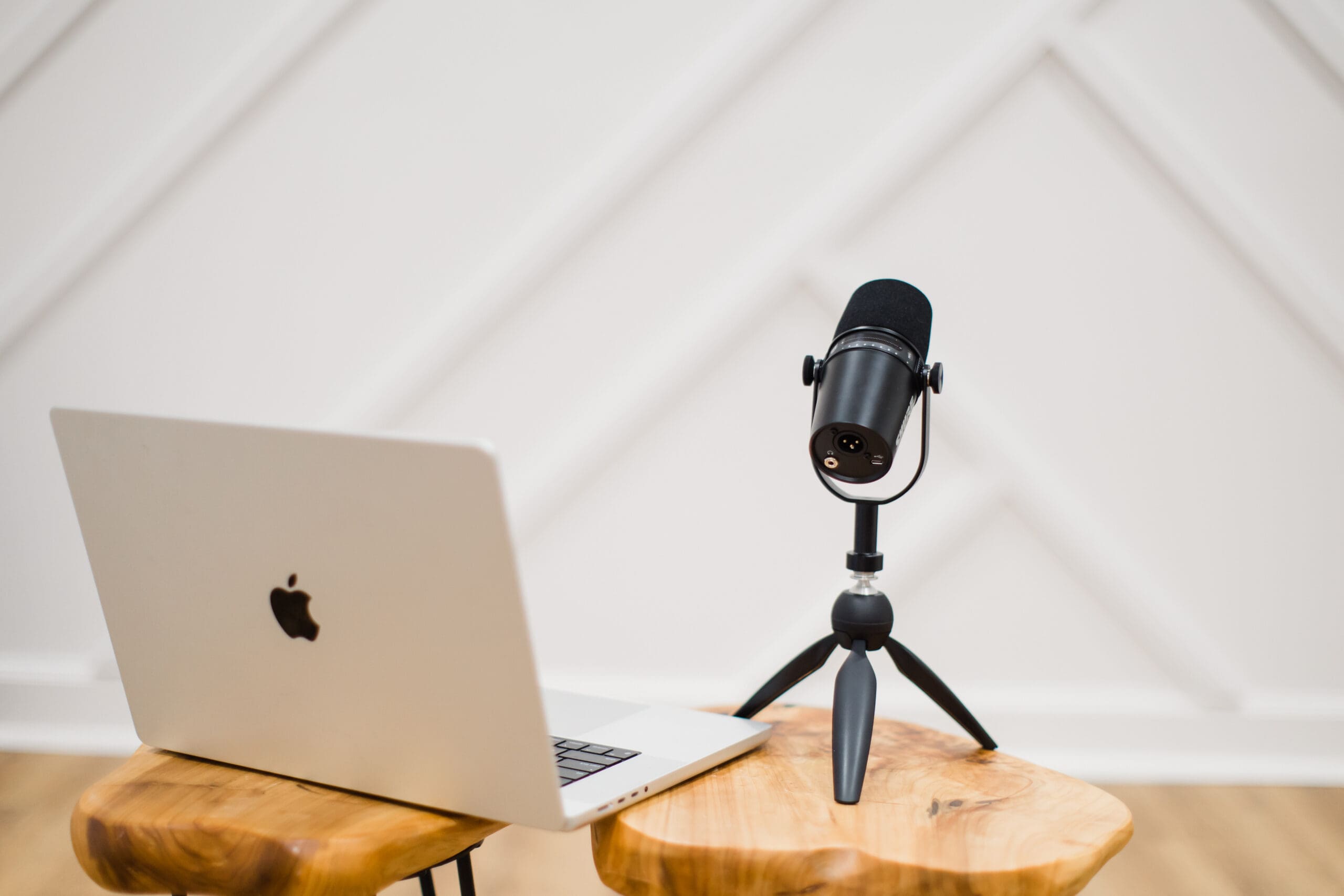Why Behavior Change Is Essential for Healing
Episode 58: Spotify | Apple Podcasts | YouTube
View transcript on Buzzsprout
We all know what we “should” be doing. Getting more sleep. Moving our bodies. Logging off social media. But knowing better doesn’t always mean doing better. This week, Amanda breaks down why that is—and how to actually create habits that help you heal.
What We Cover in This Episode
- Why behavior change is often harder than it looks
- What makes new habits stick (or not)
- How stress and survival mode derail our best intentions
- Why motivation is overrated and dopamine matters
- The psychology and neuroscience of building tiny habits that last
Why Your Habits Matter More Than You Think
Amanda opens with a story many of us can relate to: feeling low energy and wondering why. It wasn’t a mental health mystery. It was a string of late nights scrolling in bed that left her dopamine-depleted and sleep-deprived. The message? Symptoms are signals. They’re your nervous system telling you something is off. And often, that “off” stems from your daily habits.
When You’re in Survival Mode, Change Feels Impossible
If you’ve ever said, “I know what I should do, but I can’t get myself to do it,” you’re not lazy. You’re likely dysregulated. When your nervous system is stuck in survival mode, your brain defaults to the easiest, most familiar actions. The prefrontal cortex (your rational brain) goes offline, and your habitual brain takes over. The harder or newer a behavior is, the less likely it is to happen.
Why New Year’s Resolutions Fail
Most people set goals when they’re feeling highly motivated—at a retreat, after a crisis, or on New Year’s Eve. But you don’t live in those moments every day. When everyday stress returns, so do your old habits. That’s why sustainable change requires building habits based on your lowest-capacity days, not your highest-motivation ones.
Four Reasons Habit Change Feels So Hard
- You default to old patterns under stress
- You set goals too big for your daily capacity
- Your environment isn’t designed for success
- You lack community or support
From optimizing your sleep setup to joining supportive communities like the Rise membership, small shifts in your environment and relationships can make new habits more doable.
Motivation Needs Dopamine
Your brain needs dopamine to feel motivated. And yet, many of our daily behaviors—chronic stress, poor sleep, screen time—deplete it. Amanda walks through how to protect and replenish dopamine so you actually want to engage in habits that help you heal.
How to Actually Change Your Habits
One of Amanda’s favorite tools is the Tiny Habits method from behavior scientist BJ Fogg:
Behavior = Motivation x Ability x Prompt
- Your new habit needs to be simple (easy to do)
- It needs a prompt (something that reminds you to do it)
- And it needs an immediate reward (a dopamine boost)
Amanda emphasizes starting so small it feels almost laughable. Instead of “30-minute workouts every day,” it might be: Put on sneakers and walk to the mailbox. That’s it. Build from there.
The Habit Ladder
Amanda also introduces the habit ladder: a visual tool to map your current habit at the bottom, your ideal habit at the top, and all the 1% steps in between. This makes change strategic and accessible—especially when capacity is low.
Three Tangible Takeaways
- Your habits shape your healing. If you’re not living well, your body and mind won’t feel well.
- Stress makes it harder to change. Defaulting to old patterns under stress is normal. Offer yourself compassion and accountability.
- Start small and strategic. Tiny habits, paired with a clear cue and meaningful reward, are more sustainable and less overwhelming.
Looking for more personalized support?
- Book a FREE discovery call for RESTORE, our 1:1 anxiety & depression coaching program (HSA/FSA eligible & includes comprehensive bloodwork)
- Join me inside the Regulated Living Membership, a mental health membership and nervous system healing space (sliding scale pricing available)
- Join my Release Class – Monthly guided nervous system regulation class
- Order my book, Healing Through the Vagus Nerve today!
- Download free resources here
*Want me to talk about something specific on the podcast? Let me know HERE.
Disclaimer: This article is for informational purposes only and is not a substitute for professional medical advice, diagnosis, or treatment. Always seek the advice of your physician or qualified mental health provider with any questions you may have regarding a medical condition.

Leave a Reply Cancel reply
A mental health newsletter that feels like a deep breath: simple, grounding, and here to remind you that healing is possible.
The Weekly Rewire
Navigate
Regulated Living provides neuroscience-backed mental health coaching to help you regulate your nervous system and reclaim your life from anxiety and depression.
Heal
Learn
Paragraph